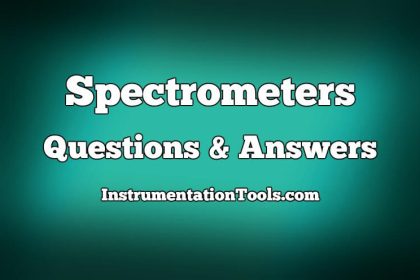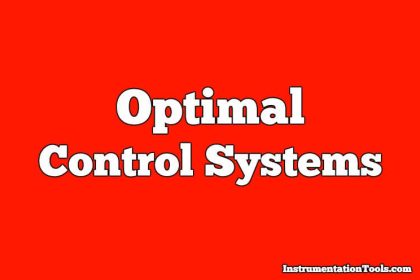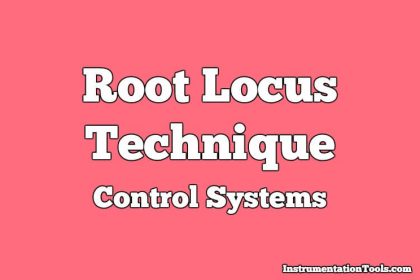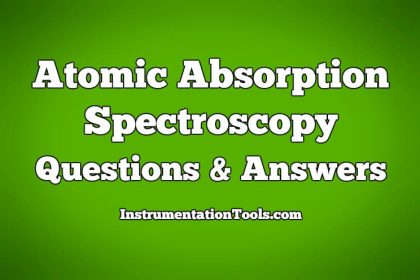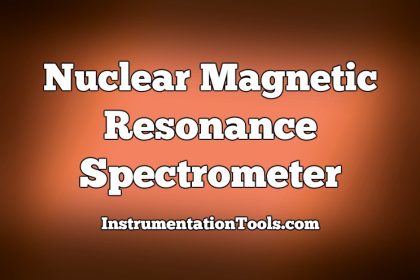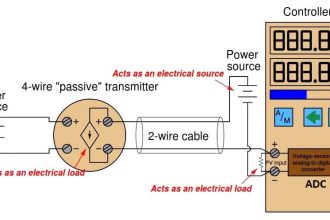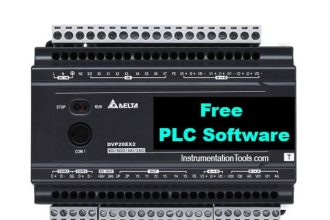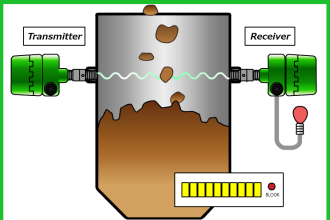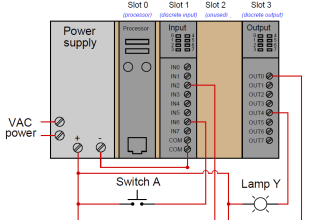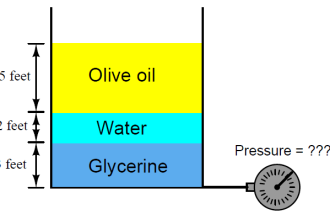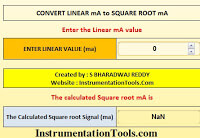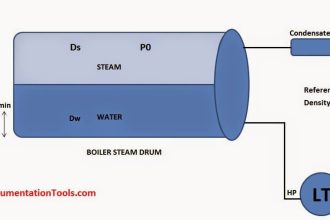Robotic Control System – Part I MCQ
1. Assertion (A): The servo robot is a closed loop system
Reason(R): It allows for a feedback
a) Both A and R are true and R is not correct explanation of A
b) Both A and R are true but R is not correct explanation of A
c) A is true but R is false
d) A is false but R is true
Answer: a
Explanation: A servomechanism, sometimes shortened to servo, is an automatic device that uses error-sensing negative feedback to correct the performance of a mechanism and is defined by its function and the servo robot is a closed loop system as it allows for a feedback.
2. A__________ translates signals from the controller into the motor voltage and current signals.
a) Servo motor
b) Servo amplifier
c) AC motor
d) DC motor
Answer: b
Explanation: A servo amplifier monitors the feedback signal from the servomechanism and continually adjusts for deviation from expected behaviour and translates signals from the controller into the motor voltage and current signals.
3. Motors used for electronic actuator drives :
a) AC servo motors
b) DC servo motors
c) Stepper motors
d) All of the mentioned
Answer: d
Explanation: Motors are the devices that convert the mechanical energy into electrical energy and can be used in many applications and used for electronic actuator drives are AC, DC, and stepper motors.
4. The basic components of hydraulic fluid power system are :
a) Reservoir
b) Pump and lines
c) Actuating devices and control valves
d) All of the mentioned
Answer: d
Explanation: Hydraulic fluid power system are the systems that use the control action in which the control motion is of hydraulic motion and main components are reservoir pump and lines, actuating devices and control valves.
5. Pumps that discharge liquid in a continuous flow are referred to as non-positive displacement.
a) True
b) False
Answer: a
Explanation: Pumps can be classified as non-positive and positive displacement and that discharge liquid in a continuous flow are referred to as non-positive displacement.
6. Connectors and fittings are used in the fluid power system :
a) To connect to various sections of the fluid lines to each other
b) To detach the fluid lines to the components of the system
c) They are used in the high pressure fluid system
d) None of the mentioned
Answer: a
Explanation: Connectors and fittings are used in the fluid power system to connect to various sections of the fluid lines to each other and to attach the fluid lines to the components of the system.
7. ____________ is the back and forth motion of pistons inside of cylinders that provide the flow of fluid.
a) Fluid pump
b) Gravity pump
c) Reciprocating pump
d) Displacement pump
Answer: c
Explanation: Reciprocating Pump is a type of positive pumps which includes the piston pump, plunger pump and diaphragm pump and provides the flow of fluid in the cylinder by back and forth motion of the piston.
8. Assertion (A): It is all but impossible to design a practical fluid power system without some means of controlling the volume and pressure of the fluid.
Reason (R): It is controlled and done by valves.
a) Both A and R are true and R is not correct explanation of A.
b) Both A and R are true but R is not correct explanation of A.
c) A is true but R is false
d) A is false but R is true
Answer: a
Explanation: Valves is defined as any device by which the flow of liquid can be controlled by obstructing the flow of liquid and is all but impossible to design a practical fluid power system without some means of controlling the volume and pressure of the fluid.
9. Deciding the method of control by:
a) The purpose of valve
b) Type of fluid
c) Design and purpose of the system
d) All of the mentioned
Answer: d
Explanation: Valves may be controlled manually, electrically, mechanically, pneumatically, hydraulically or by combination of these methods and they are used to control the flow of liquid by onstructing the flow.
10. Valves can be classified according to their use as:
a) Directional flow
b) Pressure control
c) Flow control
d) All of the mentioned
Answer: d
Explanation: Valve is a device that is used to control the flow of liquid by obstructing the flow and they can be classified based on their structure and their requirement.
